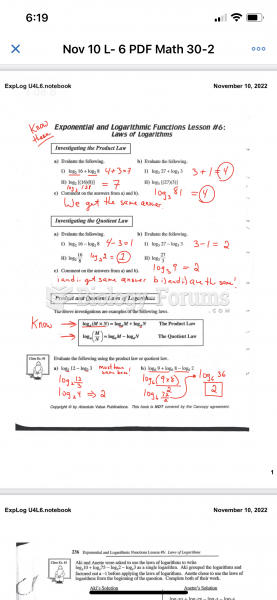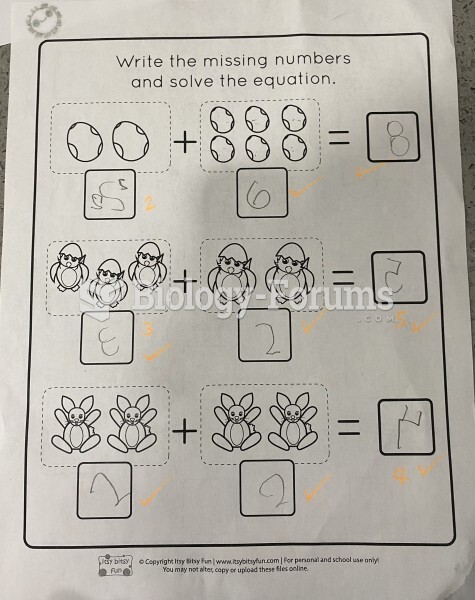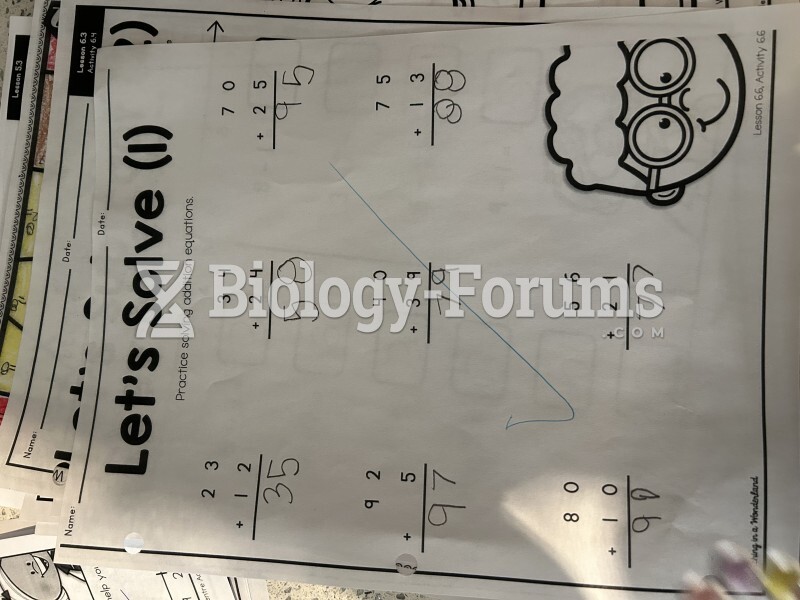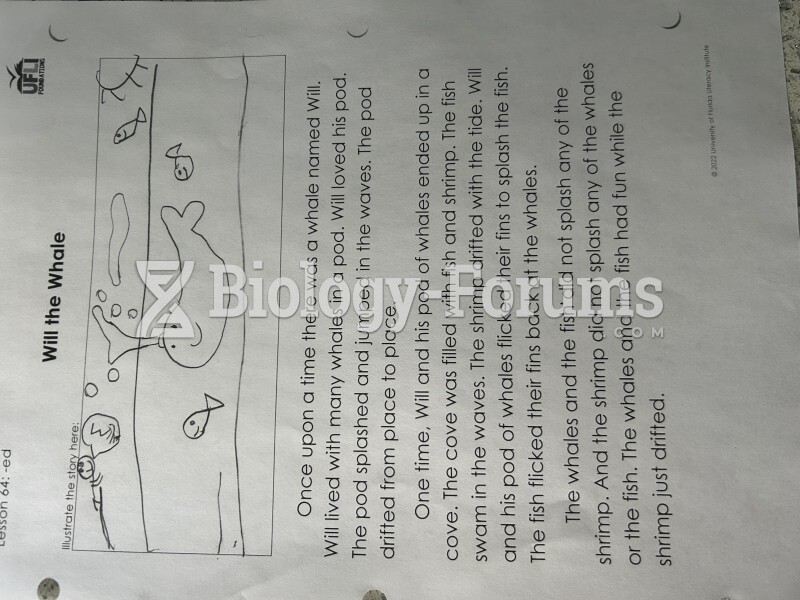|
|
|
Did you know?
Pubic lice (crabs) are usually spread through sexual contact. You cannot catch them by using a public toilet.
Did you know?
Medication errors are more common among seriously ill patients than with those with minor conditions.
Did you know?
Blood is approximately twice as thick as water because of the cells and other components found in it.
Did you know?
Acetaminophen (Tylenol) in overdose can seriously damage the liver. It should never be taken by people who use alcohol heavily; it can result in severe liver damage and even a condition requiring a liver transplant.
Did you know?
It is difficult to obtain enough calcium without consuming milk or other dairy foods.







